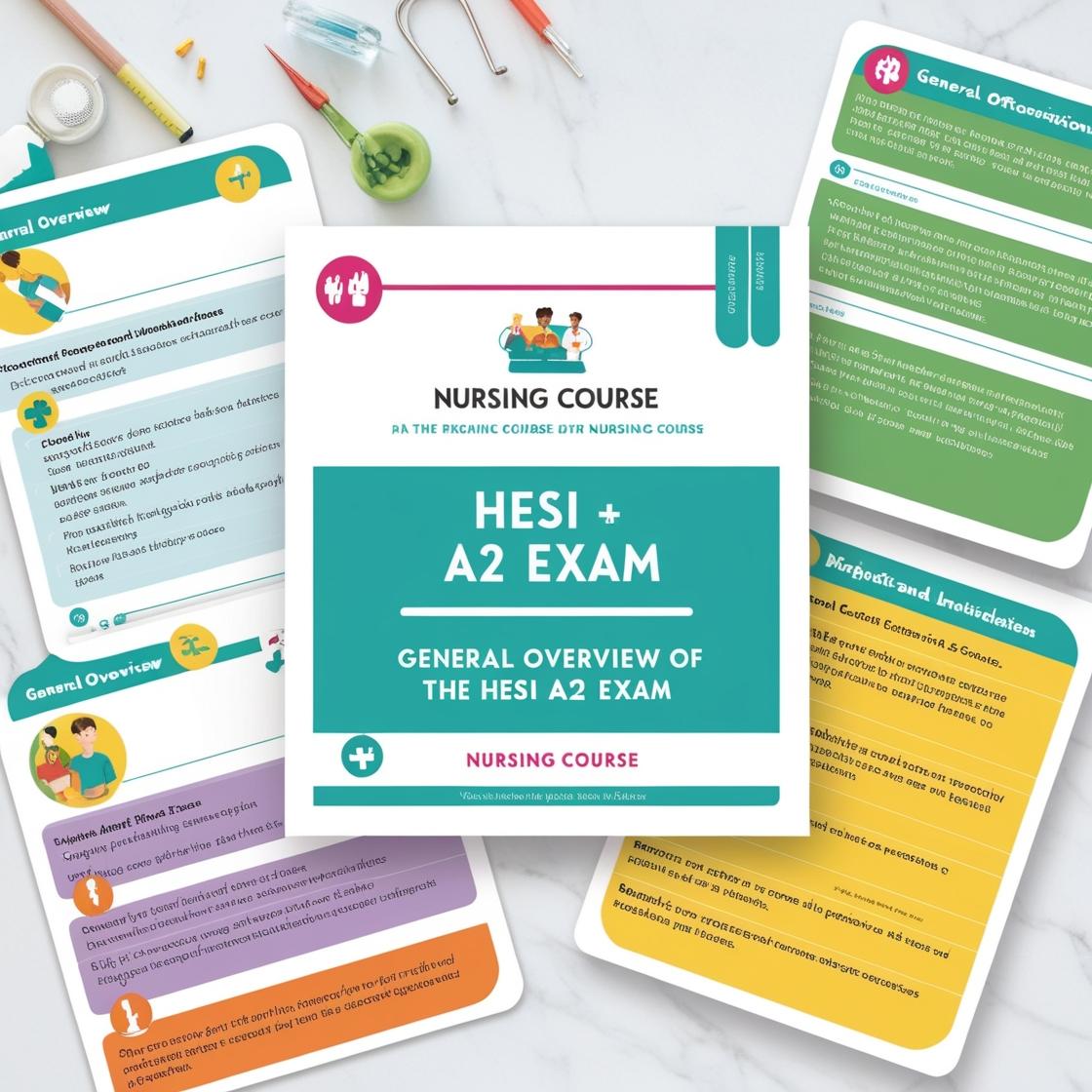HESI A2
HESI A2 Physics
1. A 50-kg box of iron fishing weights is balanced at the edge of a table. Peter gives it a push, and it falls 2 meters to the floor. Which of the following statements is true?
- A. Once the box hits the floor, it loses both its kinetic and potential energy.
- B. The box had kinetic energy only when it was balanced at the edge of the table.
- C. The box had both kinetic and potential energy after it fell.
- D. Once the box hits the floor, it loses all its kinetic energy.
Correct answer: C
Rationale: When the box is balanced at the edge of the table, it has potential energy due to its position above the ground. As Peter gives it a push, and it falls 2 meters to the floor, the box then has both kinetic energy (due to its motion) and potential energy (due to gravity). Therefore, the correct statement is that the box had both kinetic and potential energy after it fell. Option A is incorrect because the box retains its energy forms even after hitting the floor. Option B is incorrect as the box has kinetic energy both before and after falling. Option D is incorrect as the box still possesses kinetic energy even after hitting the floor.
2. Which of the following describes a vector quantity?
- A. 5 miles per hour due southwest
- B. 5 miles per hour
- C. 5 miles
- D. None of the above
Correct answer: A
Rationale: A vector quantity is characterized by both magnitude and direction. In the provided options, choice A, '5 miles per hour due southwest,' fits this definition as it includes both the magnitude (5 miles per hour) and the direction (southwest), making it a vector quantity. Choices B and C only provide the magnitude without indicating any direction, hence they do not represent vector quantities.
3. In fluid machinery, pumps are designed to primarily increase the fluid's:
- A. Pressure
- B. Velocity only
- C. Both pressure and velocity
- D. Neither pressure nor velocity
Correct answer: A
Rationale: Pumps in fluid machinery are designed to primarily increase the fluid's pressure. This increase in pressure allows the fluid to flow through the system efficiently and overcome resistance. While pumps can also impact the velocity of the fluid to some extent, their main function is to elevate the pressure to facilitate the movement of the fluid within the system. Choice B is incorrect because pumps do not focus solely on increasing velocity. Choice C is incorrect as while pumps can affect velocity, their primary purpose is to boost pressure. Choice D is incorrect as pumps aim to increase either the pressure, velocity, or both.
4. When a hot cup of coffee is placed on a cold table, heat transfer primarily occurs through which process?
- A. Radiation
- B. Conduction
- C. Convection within the coffee
- D. A combination of conduction and convection
Correct answer: B
Rationale: When a hot cup of coffee is placed on a cold table, heat transfer primarily occurs through conduction. Conduction is the process of heat transfer through direct contact between objects at different temperatures. In this scenario, the heat from the hot coffee cup is transferred to the cold table through direct contact, making conduction the primary mode of heat transfer. Choice A (Radiation) is incorrect because radiation is the transfer of heat through electromagnetic waves, which is not the primary mode of heat transfer in this scenario. Choice C (Convection within the coffee) is incorrect because convection is the transfer of heat through the movement of fluids, which is not the primary mode of heat transfer in this scenario. Choice D (A combination of conduction and convection) is incorrect because while convection may play a minor role due to air currents around the cup, the primary mode of heat transfer in this scenario is conduction.
5. A car, starting from rest, accelerates at 10 m/s² for 5 seconds. What is the velocity of the car after 5 seconds?
- A. 2 m/s
- B. 5 m/s
- C. 50 m/s
- D. The answer cannot be determined from the information given.
Correct answer: C
Rationale: The velocity of an object can be calculated using the formula: final velocity = initial velocity + (acceleration × time). In this case, the car starts from rest, so the initial velocity is 0 m/s. Given that the acceleration is 10 m/s² and the time is 5 seconds, we can plug these values into the formula to find the final velocity: final velocity = 0 m/s + (10 m/s² × 5 s) = 0 m/s + 50 m/s = 50 m/s. Therefore, the velocity of the car after 5 seconds is 50 m/s. Choice A (2 m/s) and Choice B (5 m/s) are incorrect because they do not consider the acceleration the car undergoes over the 5 seconds, resulting in a final velocity greater than both. Choice D (The answer cannot be determined from the information given) is incorrect as the final velocity can be determined using the provided data and the kinematic equation.
Similar Questions

Access More Features
HESI A2 Basic
$99/ 30 days
- 3,000 Questions with answers
- 30 days access @ $99
HESI A2 Premium
$149.99/ 90 days
- Actual HESI A 2 Questions
- 3,000 questions with answers
- 90 days access @ $149.99
